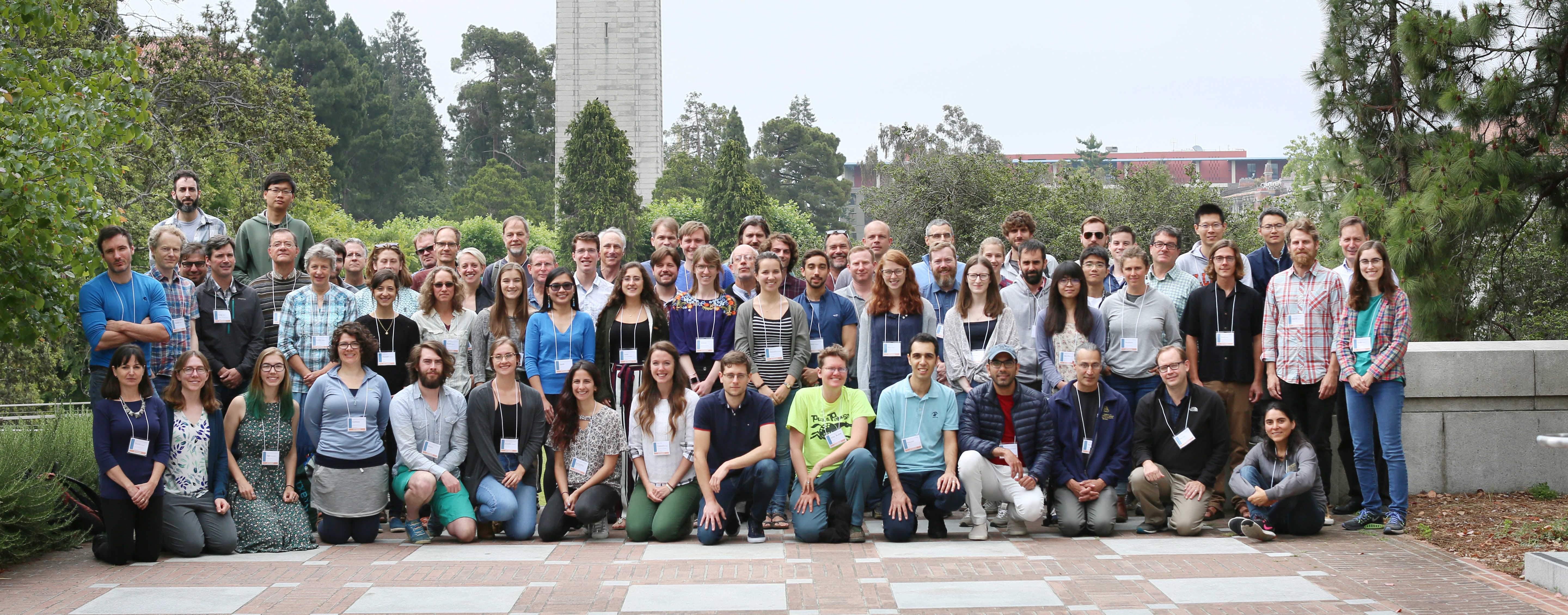Summary
FESD Proposal Type II: "CIDER-II Synthesis center: Cooperative Institute for Dynamic Earth Research" Summary We propose to develop CIDER-II, (Cooperative Institute for Dynamic Earth Research) as a "Synthesis Center without Walls" for transformative studies of Earth's fundamental processes responsible for plate tectonics and the associated natural hazards.This requires a concerted multi-disciplinary effort of leading researc hers across a broad range of Earth Science disciplines:
- Foster synergies between individuals and small groups of interdisciplinary researchers in tackling the most important and difficult unsolved problems in solid earth science;
- Provide a seed-bed to germinate ideas that will help identify the next generation of critical experiments andobservations, and to build appreciation and su pport for them;
- Provide a venue for cross-disciplinary education of scientists at all career levels.
It has been 40 years since the acceptance of plate tectonics theory, but no definitive agreement has yet been reached among geoscientists on the fundamental na ture of the global dynamic processes that drive plate motions. The indication that a transformative approach is needed and is likely to be successful comes fro m new interpretation of global seismic tomographic models, indicating the existence of multiple depth domains in the Earth that show different properties of he terogeneity as a function of wavelength and depth. This suggests each depth domain has its own dynamics, but with some degree of coupling among them. Generally , a much more complex problem than has been considered until now.The role of CIDER-II will be to provide mechanisms for community evaluation, validation, probl em reconciliation and consensus building. In each year, the activities of this "Center without walls" will be organized around a principal multi-disciplinary t heme. The kick-off for each CIDER-II "theme" will be a 6-week summer program aimed at bringing together in one place researchers across disciplines, and across career levels, to define key questions that are ripe for synthesis and/or for a concerted multi-disciplinary research effort. CIDER-II will also provide support for working groups formed to address particular practical i ssues identified as ripe for synthesis.
Broader Impacts:CIDER's goals are to help improve fundamental understanding of the Earth's evolution and present dynamics through a multi-disciplinary approach. This will ultimately impact how to better a ddress two key natural hazards issues of societal relevance: (1) natural hazards such as earthquakes and volcanic eruptions; and (2) the whole-Earth budget of volatile elements, especially water and carbon dioxide.CIDER i s inherently a broad impact program: it facilitates cross-education of earth scientists at any level in their career; itaims at educating a new generation of Earth scientists with a breadth of competence across discipline s required to make progress in understanding the dynamic earth. CIDER's web resources, including posting and webcastingof lectures given during the summer programs, as well as planned web forums and open publications, is designed to reachthe entire community of earth scientists. CIDER will impact undergraduate education by producing a more broadly knowledgeable faculty cohort.
The CIDER vision was first developed almost 10 years ago. CIDER-II builds upon the accomplishments and experience gained during the CIDER-I biennial summer programs (2004-2010), which focused on the training and education of junior scientists, owing to limited resources. The goal of CIDER-II is to reinstate the original vision by providing the resources and opportunities needed to foster and conduct the necessary multi-disciplinary work.

